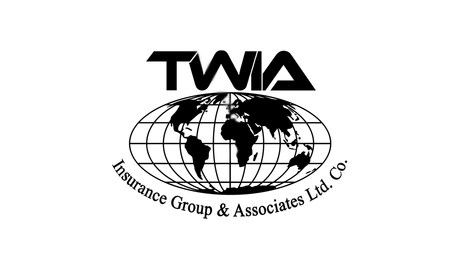TWIA Commercial Property & Casualty
JV bores out first tube of $3.9B Hampton Roads Bridge-Tunnel

Dive Brief:
- Mary the boring machine broke through the final stretch of earth April 17 for the first tunnel of the Hampton Roads Bridge-Tunnel expansion at the North Island. It’s a major milestone for the $3.9 billion project between Hampton and Norfolk in southeast Virginia.
- The HRBT Expansion Project is the largest transportation infrastructure effort in Virginia history. Construction started in November 2020, with Mary launching from the South Island in April 2023, according to Virginia DOT.
- Virginia DOT in March said that the expansion is now 18 months behind schedule, due to construction delays related to the complexity of the project. Work started in 2020 and was supposed to be complete by November 2025, but is now expected in 2027.
Dive Insight:
The 3.5-mile-long HRBT is made up of bridges, trestles, artificial islands and tunnels under the main shipping channels in Hampton Roads Harbor. The complex expansion effort aims to address congestion and delays on the busy I-64 corridor.
The project entails building twin two-lane tunnels under the harbor — the fourth-ever bored tunnel for vehicular traffic in the U.S. — and widening 10 miles of I-64 from four to eight lanes between Hampton and Norfolk.
This marks the first time the state has used the bored-tunnel construction method, which Virginia DOT expects to be less disruptive to military and commercial maritime traffic in the busy channel. Crews must now turn around and reposition Mary, named after NASA scientist and Hampton resident Mary Jackson, to dig back toward Norfolk to create the second tunnel.
The contractor building the project is Hampton Roads Connector Partners, a joint venture composed of Madrid-headquartered Dragados; Paris-area Vinci Construction; Broomfield, Colorado-based Flatiron Constructors and French engineering firm Dodin Campenon Bernard.
When finished, there will be four free general-purpose lanes and four high-occupancy toll lanes: two that are always available and two shoulder lanes for use during peak traffic times.
Project Director Ryan Banas said in a newsletter the team expects to accomplish several other milestones this year:
- Mary’s launch for the second tunnel.
- Opening the southern half of the new Mallory Street Interchange overpass.
- Shifting traffic onto the new eastbound North Trestle between Hampton and North Island.
- Starting construction of buildings on the islands to support the new tunnels.
- Moving traffic onto the newly widened portions of the eastbound Willoughby Bay Bridge.
The Hampton Roads Transportation Fund is paying for 95% of the project with regional gas and sales taxes, and Virginia’s Smart Scale program adds another $200 million. Virginia DOT is also spending $108 million to replace trestle bridges on the Norfolk side of the project.
Stay Ahead in Construction: Essential Insights and Protection for Your Projects
The construction industry is the backbone of progress, constantly evolving and presenting new opportunities and challenges. As an investor, realtor, or lender in this vibrant sector, staying informed with the latest construction news is key to making smart decisions. Our blog, sourced from one of the top construction industry sites, is your gateway to staying ahead of the curve.
But what about protecting your investments and projects? Alongside these insights, we present our comprehensive Contractor Insurance Suite, designed to shield your construction projects from the unforeseen. From liability to property damage, our insurance solutions provide the security you need in an industry known for its unpredictability.
Whether you're breaking ground on a new project or managing ongoing developments, our insurance suite ensures that your financial interests are protected immediately. Discover how our tailored insurance products can be the cornerstone of your construction project's success.
Explore Contractor Insurance Solutions for Construction Success
This post was originally published on this site


